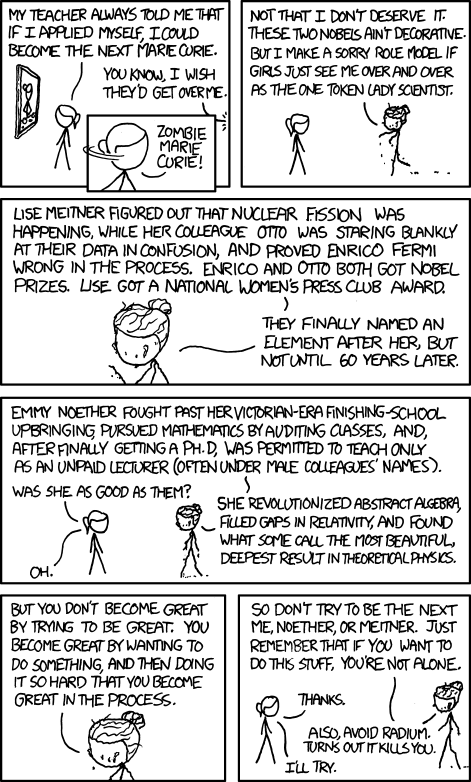The central theme of the book is a prize offered by Scientific American to the psychic whose powers would withstand the scrutiny of a panel of juries, including Houdini and several respected scientists. Several mediums face up to the jury only to be debunked, until Mina Crandon. Mina is a respectable society wife, who finds her "talent" out almost by accident and doesn't receive money for her seances, unlike all other contestants. Of course, the clash of egos between the juries, Mina's husband and assorted others doesn't help things to go smoothly.
Despite this, the book meanders through Houdini's life story, other cases of mediumship, Sir Conan Doyle's story and many, many other dusty corners. It is intriguing but, at the same time, it can be confusing and wearing. Mina Crandon, despite being the titular witch, doesn't make her entrance until about a third of the book and her testing takes even longer to be described. It would improve through some more aggressive editing, tightening up the story. A bibliography and references are also missed, despite the recommended reading list.
The Witch of Lime Street is a fascinating book, specially for those curious minds that will revel in the side stories and characters of the time.
I received this book for free from Blogging for Books in exchange for this review.


